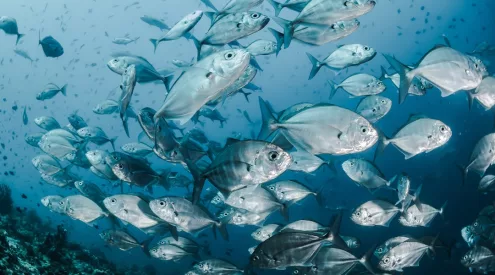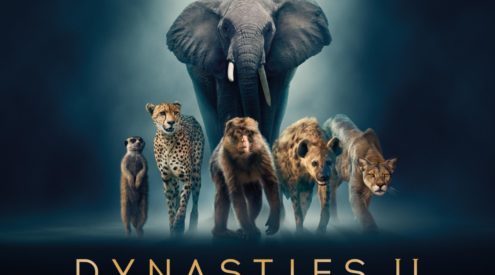I moved to Zululand in KwaZulu-Natal two weeks ago to work with Wildlife ACT and the Wildlife ACT Fund. They’re a team of experienced conservationists, who get their hands dirty, working in the field, to save endangered and threatened species in South Africa.
In one weekend the Wildlife ACT Fund team assisted with one elephant and 10 rhino collaring in the area. I’m always amazed at how passionate and dedicated the team is and I admire the work they do for conservation. It’s these kind of on-the-ground conservationists, working around the clock to protect our wildlife, who are ensuring its survival for our future generations.
Elephant collaring
The mission: to collar the matriarch of the Bonamanzi Game Reserve elephant herd. In an unpredictable environment, when working with wild animals, plans rarely go according to plan.
The plan:
The helicopter would fly over the reserve to find the herd of elephants. It would then separate the matriarch from the herd so that the vet could get an accurate aim and dart her from the air. The herd’s tendency is to stick together when they’re in danger so it was the pilot’s duty to drive the rest of the herd away from where the team was working on the ground.
What happened:
The trackers had been out in the bush tracking the herd from 05h00 and they had finally found fresh tracks a few hours later. The helicopter left base camp once we all knew the approximate location of the herd. The vet was perched beside the pilot ready to fire off a dart when the time was precisely right. It takes an enormous amount of skill to be able to dart an animal from the air that is moving at such a high speed. It’s a dangerous procedure and only the most experienced vets are tasked with the risky operation.
From the air, the vet could see that the matriarch had a small calf and decided it was too risky to dart her in case she hurt the calf when she came down. The plan had to change quickly. The vet radioed the ground team and it was decided that another female would be more appropriate to dart and collar. It was only a matter of minutes before they earmarked another young female and darted her.
Elephants can run for up to 20 minutes after being darted before they succumb to the dart so the chopper had to follow her closely before she collapsed in the bush. Once she was down there wasn’t much time until firstly, the elephant herd came back and secondly, the dart wore off.
The team worked swiftly and effortlessly and it wasn’t long before the Wildlife ACT Fund team had fitted the collar around her neck. The new tracking collar will assist with monitoring the elephant on the Bonamanzi Game Reserve more effectively. An Ezemvelo KZN Wildlife chopper pilot and vet were on hand to assist with the procedures.

















